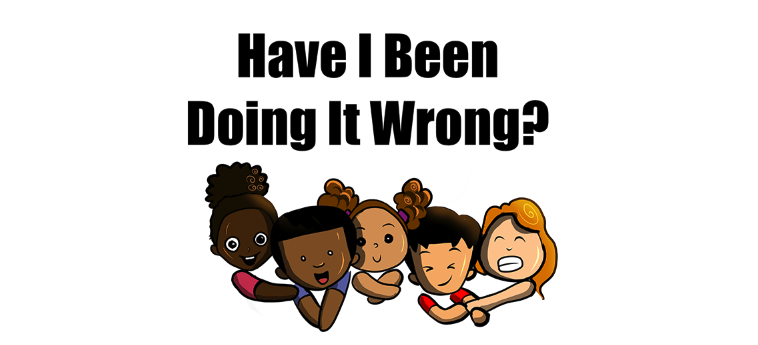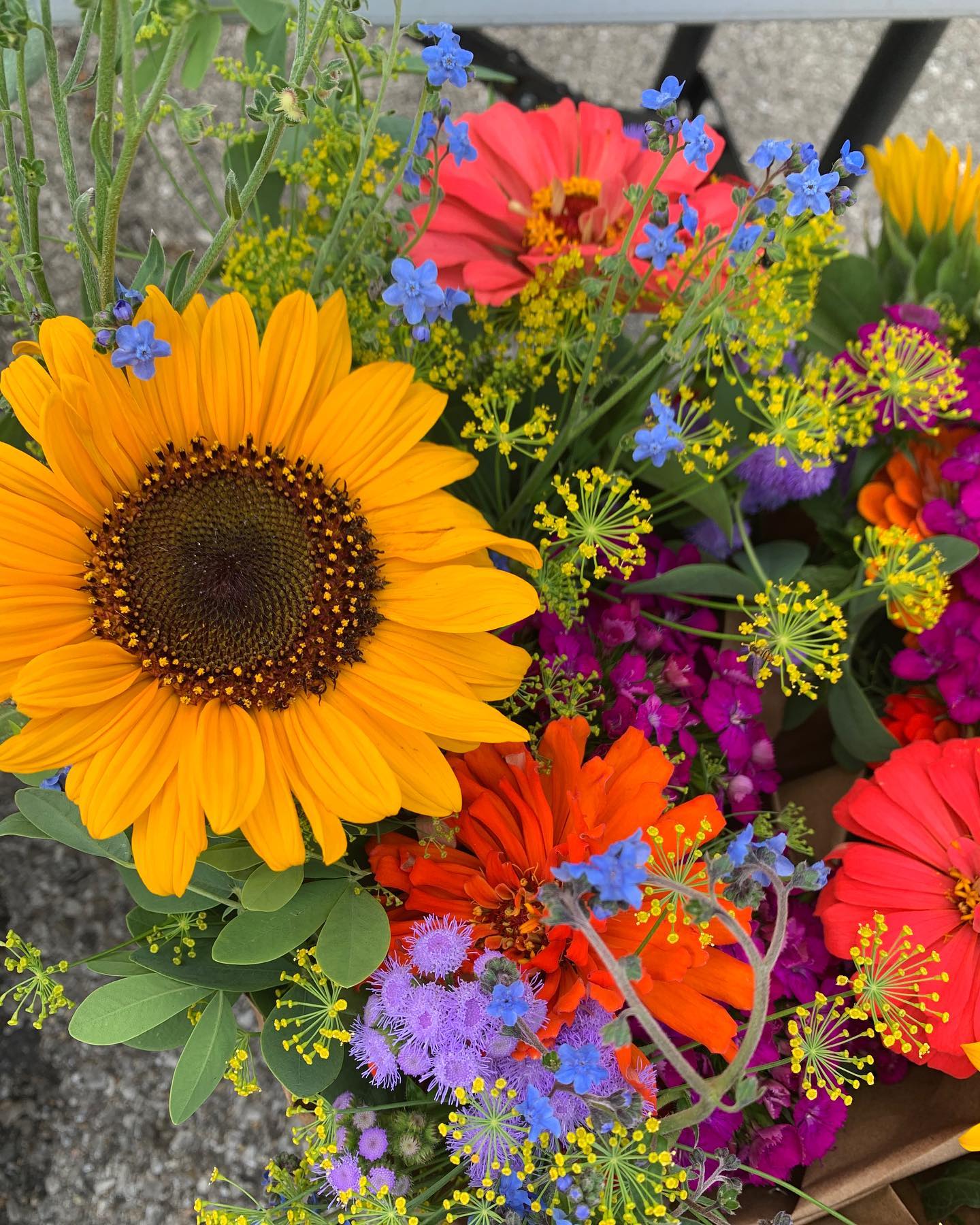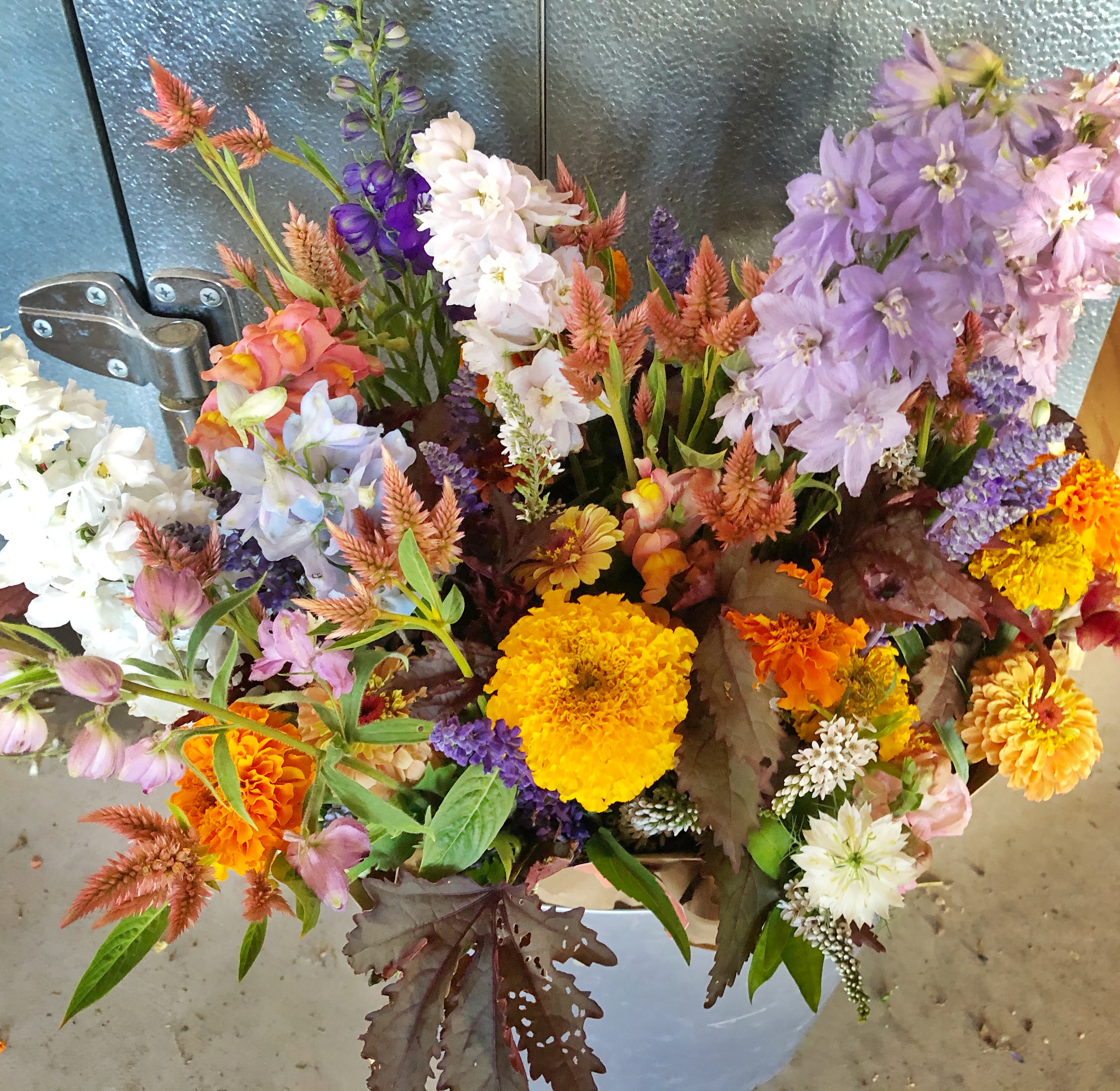Recently, a colleague shared an article with me that threw me for a loop and spurred my thinking. Could what I’ve been so passionately sharing with educators all along be wrong? Yikes!
Well, of course it could be. Because if what we love about teaching most is learning (and I do), then we always seek to expand our knowledge. We also keep open minds and regularly reflect on our practice and understanding. And when we know better, we have the opportunity to do better!
So, here’s what I’m wondering and questioning… “Have I as a white, middle-class American citizen been touting Universal Design for Learning (UDL) as a solution that may only be designed in ways to support other white individuals?” Unfortunately, I think the answer is yes. That now put in writing, let me reflect upon why I feel this way.
Simply based upon my race, gender, and lack of diagnosed disability, I have experienced privilege in ways that I both understand and still have yet to comprehend. Take, for example, my gender and personal experience, as an educator I have always worked with far more educators who identify as she/her than those that may identify as he/his, or they/their. Since I also consider myself to be neurotypical and able-bodied, I find myself pondering what proactive steps I must take in order to appropriately advocate for UDL when my experiences and thus my true empathy are first and foremost limited by traits I did not choose.
My new knowledge on intersectionality from Ijeoma Oluo’s book, So You Want to Talk about Race is also making me question the ways in which I’ve been promoting UDL. For example, I know that I’ve shared how implementing the UDL framework can change the game for a student with an intellectual and/or physical disability, but I have neglected to challenge myself and others to think about more than one demographic of students at a time as the philosophy and culture of UDL represents.
This neglect has me now reflecting upon how a person of color with a disability may be experiencing their education; or, how a person who is transgender, Black, and has a physical disability may be experiencing their education. Have I been promoting UDL to specifically level the playing field for these individuals? The answer is again sadly no, which tells me that I haven’t been serving all students and that I’ve missed the mark on explicitly sharing the true definition of UDL, which does include a framework for all demographics and their intersections, with educators.
With equitable access to education for every single student and the gaps in opportunities that have been created through well-intentioned educators like myself, I’ve begun to explore new (to me) research and changes I can make to best serve each and every student. One element I have found and believe is worth sharing is that while there is much research in support of UDL for a variety of students, it is worth noting that Indar (2018) and Azawei, Serenelli & Lundqvist (2016) point out that many studies conducted on UDL leave out specific student demographic information.
These studies leave me questioning the general population’s comprehension of or attention to who is actually a part of our student body. Thus, I believe the time has come to put our UDL practices under a microscope in search of their demographic weaknesses and to boost true equity in our classrooms both in-person and virtually.
Some ways we can get started are to:
- Find and explore research studies with a critical eye for participant demographics and the potential for researcher bias - are a variety of student populations being studied or is it unknown?
- Don’t be afraid to admit that some changes may need to be made in your classroom.
- Like my colleagues, Jessica Conrad and Bev Sharritt, have mentioned over the past few weeks, explore your own implicit bias using these tests and this study on implicit bias in the early childhood setting. Finding yourself feeling uncomfortable is normal, or at least I hope so, because I certainly had my eyes opened to some of my biases and subsequent actions in and out of the classroom.
- Don’t forget that bias isn’t always assigned by a different demographic onto another. Many, if not all, of our students have been socialized to hold both positive and negative beliefs about themselves based upon their cultures, race, gender, etc. Check out the Doll Test to gain more perspective on this idea.
- Promote more racially diverse workplaces or push yourself to find more diverse educators and professionals to converse with (as a white person, I consider these tips in more difficult conversations about racism). Social media can be a great place to connect with others from more diverse backgrounds on student, classroom, and school issues.
- Ask your students and their families for feedback. How can you make them feel more included?
- Consider your shared resources and teaching?
- Are you including diversity in your shared images and graphics?
- Are you including diverse titles for reading and research?
- Are you using inclusive language?
- Are you open to constructive criticism when it comes to diversity and genuine inclusion of everyone; not just those students that look and sound like you.
- Consider crafting a statement on diversity and/or anti-racism for yourself as an educator or as a school/district to follow. We have dedicated ourselves at PATINS to our statement on anti-racism.
- Reach out for support. We are here to explore these issues together!
References:
Al-Azawei, A., Serenelli, F. & Lundqvist, K. (2016). Universal design for learning (UDL): A content analysis of peer-reviewed journal papers from 2012 to 2015. Journal of the Scholarship of Teaching and Learning, 16(3), p. 39-56. doi: 10.14434/josotl.v16i3.19295
CAST. (2020). About universal design for learning. Retrieved July 29, 2020 fromhttps://www.cast.org/impact/universal-design-for-learning-udl.
Indar, G.K. (2018). An equity-based evolution of universal design for learning: Participatory design for intentional inclusivity. Retrieved June 25, 2020 fromhttps://www.learningdesigned.org/sites/default/files/Done_INDAR.EDIT_.DH_.JEG%20copy.pdf.




